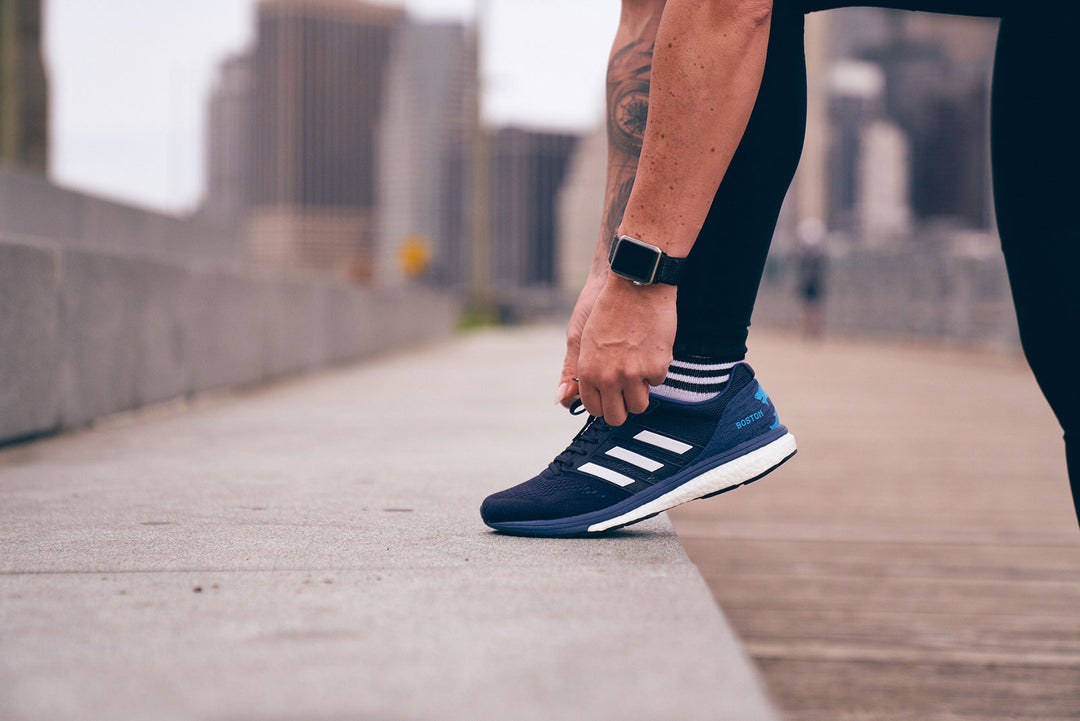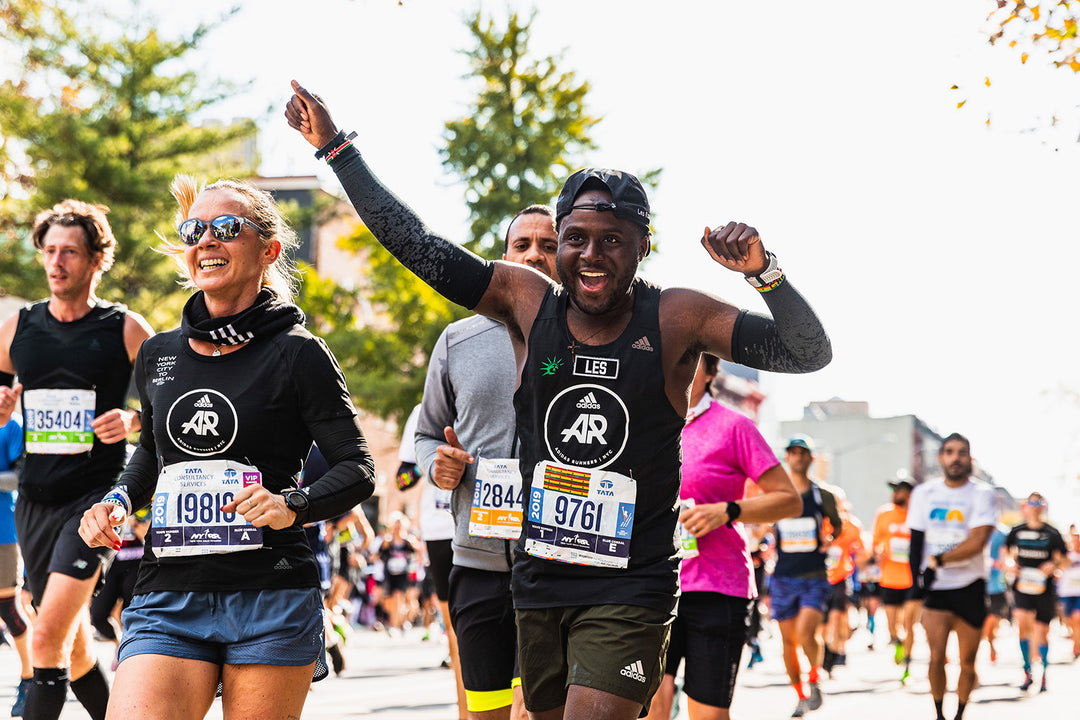How to Run Well: The Best Running Tips for Beginners
Last Updated:Being a beginner at running can be equal parts exhilarating and intimidating. You might be thinking: what kind of shoes should I get? What kind of terrain should I focus on? Will I start running outdoors or on the treadmill? Am I breathing right? Or even, how realistic is finishing a 5K in my first few months of training (very realistic actually!)
But let’s take this slow! There’s no immediate rush or incessant need to get to the finish line RIGHT NOW. Take things slow and you’ll be rewarded for it. Follow these tips and you’ll be safely running the right way on a consistent basis. No matter if you are a running beginner or not. Here are my absolute best running tips for beginners. First, let’s start with the first order of business: buying the proper shoes.
Gear Tip: Why Beginning Runners Should Buy Running Shoes
 Being a running beginner, I know it’s tempting to skimp on proper running shoes and just jump right into it, but there’s nothing more discouraging than losing valuable progress because of a preventable running injury. From blisters and shin splints to plantar fasciitis, the right shoes provide more than just comfort. They also make sure you aren’t injuring your feet. Finding the right running shoe for you can be pretty daunting though. Your best bet as a beginner is to seek out the wisdom of an associate at a local running shoe store. This means you should not buy your shoes online! Because we all have different feet, we need optimal measurements that support our unique foot dimensions. Here are some running tips for beginners to consider:
Being a running beginner, I know it’s tempting to skimp on proper running shoes and just jump right into it, but there’s nothing more discouraging than losing valuable progress because of a preventable running injury. From blisters and shin splints to plantar fasciitis, the right shoes provide more than just comfort. They also make sure you aren’t injuring your feet. Finding the right running shoe for you can be pretty daunting though. Your best bet as a beginner is to seek out the wisdom of an associate at a local running shoe store. This means you should not buy your shoes online! Because we all have different feet, we need optimal measurements that support our unique foot dimensions. Here are some running tips for beginners to consider:
- Make sure you get the right size. Too small can lead to blistering and ankle injury. And too large can lead to slipping and stability issues.
- Remember, it’s tempting to focus on the look and color of your shoe, but the structure and integrity of the design are far more important. Don’t be led astray by flashy colors!
- Keep in mind that the jury is still out on which style of running shoe is most effective for preventing injuries in beginners: it’s a toss-up between the minimalist/barefoot style (minimal padding), maximalist (larger padding), and the more neutral style.
Running tips for beginners: Start Slow with a Walk/Run Program
Firstly, if you have any pre-existing medical conditions or are afraid of aggravating a previous injury, make sure you see your doctor and get the proper clearance before starting. If you are physically well enough and are chomping at the bit to start running regularly, by all means, go out and run right now! But don’t push yourself too hard. As a beginner, a walk/run program is an amazing way to get conditioned to for training without overexerting yourself. In its most basic form, a walk/run program is exactly how it sounds: after warming up and doing your dynamic stretches, just start running. And once you get tired, return to brisk walking to catch your breath. My tip to beginners is to not go too crazy with this technique. Do what feels right and don’t push yourself too much at first. Moving at an even pace, stretched out over 30-60 minute intervals, should be the goal. Pro tip: If you need to, break up your workout into ratios of 4 minute runs/2 minute walks for an hour. You can gradually pick up the pace as you progress from a beginner-level intensity to more intermediate training intensity. Dynamic Stretches, Good Form, and Proper Breathing for running beginners Achieving proper form, warming up adequately, and breathing right can be tricky to learn as a beginner. My number one tip would be to reach out and find a running coach like myself to teach you form and proper breathing techniques. It’s a surefire way to maximize your efforts on your running journey. If getting a coach seems a little hardcore for you right now, here are some tips on dynamic stretches for injury prevention, achieving good form, and proper breathing techniques.Tip #1 Start With Dynamic Stretches
For an effective warmup, look no further than dynamic stretches. They are so effective that many have replaced them with traditional static stretches--like seated hamstring stretches and standing, quadricep stretches. In fact, this 2012 study showed that static stretching should be avoided as the only warm-up method, favoring some sort of dynamic or active stretch instead. A dynamic stretch would be something like jump squats or high kicks. Think yoga, with its high range of dynamic movements and coordination of multiple body parts! My favorite dynamic stretches (in no order) are:- Leg Swings
- Torso Twists
- Fire Hydrants
- Scorpions
Tip #2 Achieving Good Form for Running Beginners!
Even if you start off a run with perfect form, once fatigue hits you, it can be almost impossible to focus on maintaining good form. Yes, over time you can reinforce good habits to become automatic, but it takes a lot of deliberate focus. Some good forms tips for the beginner are to “stand tall”. This is important for maintaining good posture in general. You want to avoid hunching over, and your weight should more or less evenly be distributed across your feet. Foot strike is also very important to consider for beginners. Because we are all built differently, and our feet strike the ground at different points, foot strike should not be overlooked. And a lot of experts will tell you to do what feels comfortable according to your unique dimensions. Once again, to know for sure that your form is where it should consult a coach or a professional who can give you the real-time feedback you need!Tip #3 Best Practices for Proper Breathing While Running
Arguably, the most challenging aspect of running is generating and maintaining the necessary cardiovascular health. Not having the proper breathing techniques nailed down will certainly make progress in this area a lot more difficult. To start, you should be breathing from your diaphragm. This means that you are taking in huge belly fulls of oxygen slowly and deliberately. What will often happen if you are a beginner is that you will be breathing a lot from your chest. That shallow chest-breathing will not do you any favors and will instill a bad breathing habit if you don’t practice diaphragmatic breathing. For beginners who have asthma, it can be difficult to safely run. Some tips for running with asthma include making sure you consult your doctor first, having an emergency inhaler on hand just in case, and running when the pollen count is low. I have asthma myself and find it really helpful to always bring my inhaler with me to my runs. Learn more: How to Breath While Running Terrain Tip: Running on Treadmill Versus Running Outdoors Switching gears now, a lot of beginning runners want to know if it’s ok to run on the treadmill more than outdoors. My tip for you is to vary your training. This means that instead of using the treadmill every day, to get outside more often than not. Sometimes your training can get lopsided if you favor one method over another. And plus, treadmills are just so boring! Did you know that the treadmill was actually invented as a torture device for prisoners? Seriously… With that being said though, anything that inspires you to keep training consistently is important. So if you favor the treadmill, I’d suggest varying terrain, but the ultimate goal is consistency, so keep doing you! Weight Loss Tip: As a Beginner, Will I Burn a lot of Fat if I Run? Some sources say that running is not very effective for weight loss at all. Others, like this heavily cited study, say that the benefits of running alone far outweigh any potential weight loss. Because of that, you should run because it will make you insanely healthy. So, for a beginner, you won’t burn a ton of calories. You will have to start hitting considerable distances and get into an intermediate-to-advanced training schedule to really see huge results. But, let’s be clear here. There are so many benefits to running that just getting in the habit of doing it a few times a week will indirectly lead to weight loss. If you do, you’ll most likely sleep better. And overall, your body will work more efficiently, your heart and lungs will be stronger, and that will have a snowball effect for the rest of your body. When it comes to losing weight though, your diet is the most effective place to target. So for all beginners who have just embarked on their journey, don’t neglect your diet! Learn more about the importance of dieting here: Gold Medal Nutrition for Runners.How often should you run as a beginner? Running program for beginners
 Program Tip: Run Your First 5K in 6 Weeks! With all of the information that I have shared and the vast benefits that running can give you, you can achieve some pretty impressive things within the first couple of months. Here is a running program for beginner that I created that will make it possible to complete your first 5K in 6 weeks. And yes, if you are a complete beginner, you absolutely got this! **** Week 1: Make sure to hit 3 sessions of 20-30 minutes. Walking is completely fine if you have to. Really don’t stress about speed; the most important thing is that you walk on 3 separate days. Make sure you space them out as well! Just focus on slowly making each session faster than the previous one. Week 2: Is the same, but try to run more than you walk. By the end of week 2, your goal is to run 3.5 miles without stopping. Don’t worry about finishing with a stellar time, just focus on finishing that 3.5 miles. Week 3: Same as week 1 and 2. And then on Sunday, when you run your 3.5 miles again, I want you to track your time! Week 4: This is where things start to get a little more challenging. You will now have 4 separate running sessions. I want you to run 3x 30 mikes and then track a 4-mile run on Sunday to cap off the week. Week 5: Ramp up the speed! Increase the time of your runs, still at 4 sessions a week. 40 minutes of jogging per run now. On Sunday you’ll crush a 4.5-mile run. You got this! Week 6: Finish line is in sight! Here comes that 5K. Only run 3 times this week and then rest up for your big day. 5K here you come! Learn more about running frequency and how often you should run as someone who is new to running. A well-timed running schedule for beginners is key to your success.
Program Tip: Run Your First 5K in 6 Weeks! With all of the information that I have shared and the vast benefits that running can give you, you can achieve some pretty impressive things within the first couple of months. Here is a running program for beginner that I created that will make it possible to complete your first 5K in 6 weeks. And yes, if you are a complete beginner, you absolutely got this! **** Week 1: Make sure to hit 3 sessions of 20-30 minutes. Walking is completely fine if you have to. Really don’t stress about speed; the most important thing is that you walk on 3 separate days. Make sure you space them out as well! Just focus on slowly making each session faster than the previous one. Week 2: Is the same, but try to run more than you walk. By the end of week 2, your goal is to run 3.5 miles without stopping. Don’t worry about finishing with a stellar time, just focus on finishing that 3.5 miles. Week 3: Same as week 1 and 2. And then on Sunday, when you run your 3.5 miles again, I want you to track your time! Week 4: This is where things start to get a little more challenging. You will now have 4 separate running sessions. I want you to run 3x 30 mikes and then track a 4-mile run on Sunday to cap off the week. Week 5: Ramp up the speed! Increase the time of your runs, still at 4 sessions a week. 40 minutes of jogging per run now. On Sunday you’ll crush a 4.5-mile run. You got this! Week 6: Finish line is in sight! Here comes that 5K. Only run 3 times this week and then rest up for your big day. 5K here you come! Learn more about running frequency and how often you should run as someone who is new to running. A well-timed running schedule for beginners is key to your success.
How do Running Beginners enjoy running?
Last but not least, let's face it. Starting a new sport like running is hard. How can a beginner get better at running? Consistency is so important so here is my advice on how to learn to enjoy running. Join a running group! I'm running with Adidas runners in NYC. They are spread all over the world and running with them is completely free. Every pace has a place with us and no one gets left behind. Finding yourself around others with the same goal is encouraging and makes yourself accountable too.
- Most featured running blog, past 6 years
- USATF certified running coach
- Experienced endurance athlete
- 7 marathons









